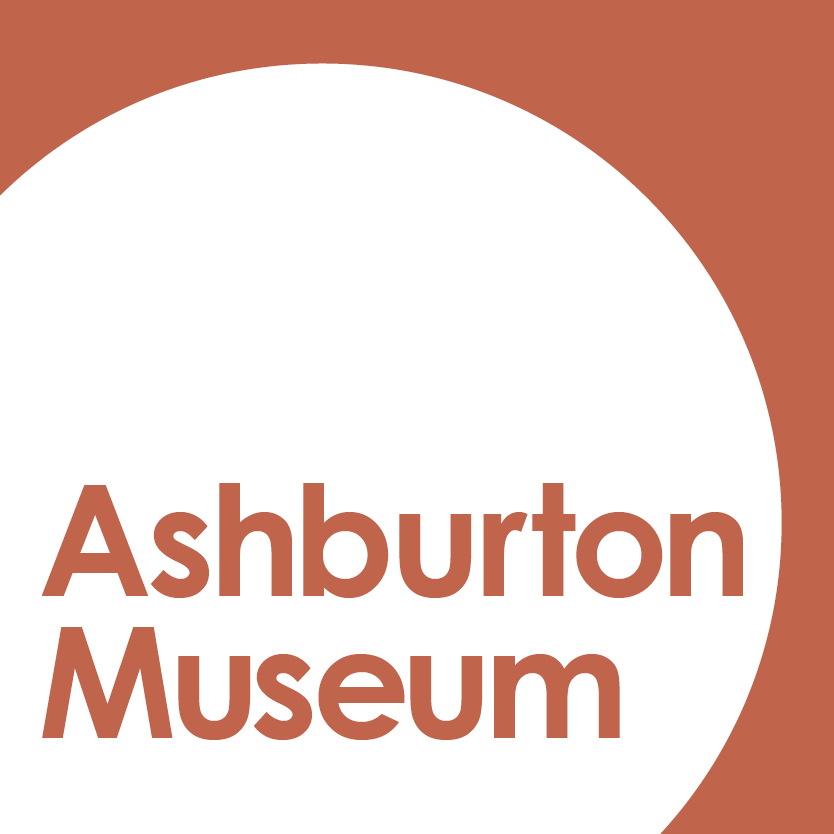Early Days in the Ashburton County by Alexander Hewson was first published as a series of reminisces in the Ashburton Guardian in 1918, which were combined into a booklet later that year. In 1996, Hewson’s booklet was re-published by the Ashburton Museum and Historical Society, and it is a personal favourite of mine among several other accounts of early European settler life in our District.

Hewson’s work is highly anecdotal and chock-full of interesting little stories about settler families, travellers’ struggles with the forces of nature, tales of rough living and descriptions of early development around the town and County. Though many of the tall tales recounted in this booklet may be derived from hearsay, I do not think that Hewson, nor his sources, would have had any reason to lie when it came to the obstacles that early European settlers faced in this District. I will leave it up to you to decide, and also to judge whether I may be too trusting of our literary forebears…
In previous blog posts we have dabbled in Hewson’s reminisces, having already looked at several stories from this booklet over the last couple of years, but we have yet to explore and unpack much of what he wrote 104 years ago. Let’s open Hewson’s booklet once more, and look first at what a trip through this District was like before any infrastructure had been built.
Hired in the barracks
In the second part of his reminisces, Hewson recounts his arrival in Lyttelton aboard the Queen of the Mersey in 1862, alongside his parents and four siblings. They crossed the Port Hills together and camped in the immigration barracks at the market square on Colombo Street, Christchurch. He explains that it was typical for emigrants from the British Isles to stay at the barracks for a few days if they had no friends or family in New Zealand to arrange a living/working situation for them in advance.
After one night in the barracks, Hewson’s family were approached by Mr. John Cracroft Wilson (later Sir Wilson), who at that point had just started a political career in New Zealand as Member of the House of Representatives for Christchurch. Having later been described by the Lyttelton Times as “Toryism on two legs”, at this point Wilson was a lesser-known figure and was probably seen as your typical, perhaps slightly pompous landowner.

Wilson had come to New Zealand from India in April 1854 to engage in some agricultural and pastoral business after working as a magistrate and assistant commissioner in India. He had drained the swamp at the foot of the Port Hills, on which he built a property named Cashmere, and leased the Broadlands, Cracroft and High Peak sheep stations. Wilson moved back to India later that same year, only to return and retire in New Zealand in 1859.
Hewson’s sister was sent to stay at Cashmere, a station near Christchurch which is now the suburb of the same name. The rest of the family were bound for Cracroft, which sat between the Hinds and Rangitata rivers, below Shepherd’s Bush and above Maronan. His father and one brother were to be shepherds, while he and his other brothers were told they would be doing odd jobs. Three of the family’s shipmates had also been engaged by Mr. Wilson, and were bound for Cracroft too.
A long journey
According to Hewson, the first two days of the journey were rather mundane. They stopped at Cashmere on day one, and arrived at a cattle station belonging to Mr. Wilson on day two. They travelled by horse and dray (cart) for those first two days, but from day three onwards they had to travel by two bullock drays. Fortunately they had one experienced driver among them, which made up for some of the others’ shortcomings, and they managed to navigate the country between the Selwyn and Rakaia Rivers with no problems.

The party crossed the Rakaia easily, which is an impressive feat considering many travellers were not so fortunate. They put all the bullocks in front of one dray, and carried one over the river at a time, which is a method of river fording that Hewson calls double-banking. There was a bit of commotion once they had crossed, when a nearby driver (not connected to the travelling party) was dragged through the river by his bullocks who took fright, as Hewson describes:

“The bullocks swam the river with the dray, and the man, sometimes in sight and sometimes out of sight, held onto the guard-irons of the dray for all he was worth.”
By the end of day four, they had made it to William Turton’s accommodation house. At this point in time, it was the only building in Ashburton, and the Turtons are considered to have been Ashburton’s first formal residents. The nearest house was the Moorehouses’ place, two miles up the river. The fifth day took the party to the Hinds River, where they stayed in a vacant shepherd’s hut. The travellers were happy to find flour, tea and sugar, which Hewson’s mother used to make scones.
They made it to the Rangitata on day six, and began their new life “in the backblocks” as Hewson put it. If Hewson’s wee adventure has piqued your interest, feel free to pop into the Ashburton Museum to read his booklet in full, or explore our permanent exhibition to learn more about early life in our District.
By Connor Lysaght
Unless otherwise stated, photographs and research materials on this page are owned by the Ashburton Museum & Historical Society Inc. This post was modified for this blog and was originally published in the Ashburton Guardian, 7 May 2022.

Leave a comment